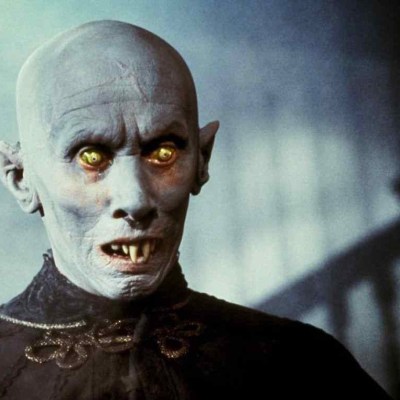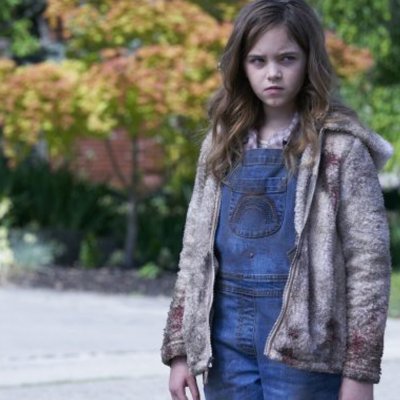Stephen King ’80s Movies: His Best and Worst
The 1980s offered up an unending stream of Stephen King movies. Which ones were good and which ones stunk up the decade?
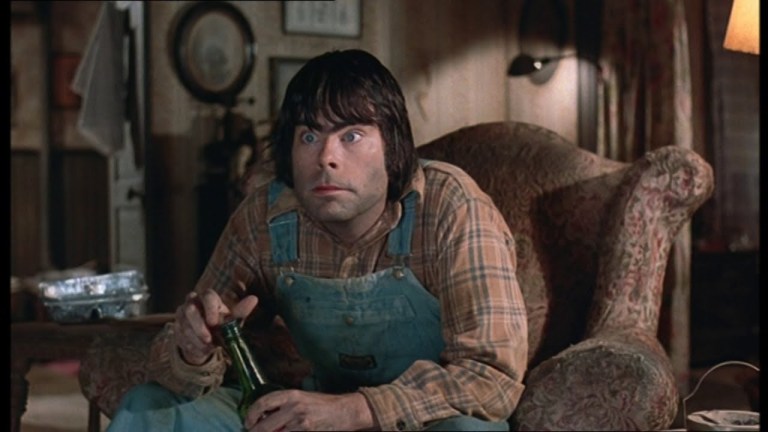
The 1980s were in many ways peak Stephen King when it came to screen adaptations. For one thing, the man himself was at the height of his popularity. He has of course remained one of the world’s best-selling authors for decades, but his initial string of books that started in the mid-1970s and extended well into the ‘80s—which included classics like Carrie, ‘Salem’s Lot, The Shining, The Stand, and Different Seasons, just to name a handful—made him into a genuine publishing phenomenon like no other.
At the same time, the success of Brian De Palma’s 1976 big screen adaptation of Carrie, followed by the 1979 CBS-TV miniseries based on ‘Salem’s Lot, helped open the floodgates for a massive influx of screen adaptations of his work. That wave was launched with Stanley Kubrick’s prestigious and controversial take on The Shining, although the films that followed in its wake certainly varied in terms of quality and the level of filmmakers involved.
Nevertheless, the 1980s was marked by a storm of King adaptations that has never quite been matched, a wave of titles that also included the first version of his 1980 novel Firestarter. With the new Blumhouse remake of Firestarter upon us this week, let’s look back at that decade when Ronald Reagan was president and Stephen King was, well, king of horror both on the page and screen. And let’s gauge how many of those cinematic forays into the author’s work hold up.

The Shining (1980)
The 1980s started off with a bang for King as no less than Stanley Kubrick adapted his third novel, The Shining. The expensive, high-toned production was a massive hit and arguably remains one of the best transfers of the author’s material to the screen, not to mention one of the finest and most influential horror movies ever made.
Of course King himself famously disagreed, saying that Kubrick cut all the humanity and empathy out of his story by making the main character, portrayed by Jack Nicholson, clearly not well from the get-go. There is a certain truth to that, as Kubrick’s trademark chilliness pervades the story right off the bat and removes its most tragic elements, but the film still remains a landmark of the genre and frightening on its own terms. It rarely got better than this.
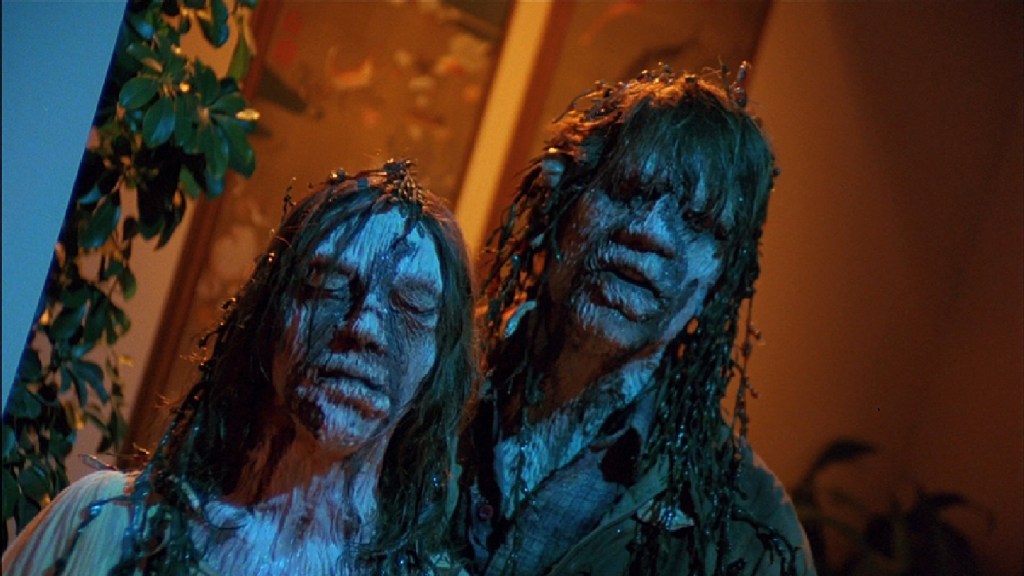
Creepshow (1982)
Many fans thought that the pairing of King with director George A. Romero would result in the ultimate horror movie. That’s not exactly what resulted, but the end product was nearly as delightful: Creepshow is Romero and King’s loving homage to the EC horror comics they grew up reading, right down to Romero recreating comic book panels and even flipping animated pages between the stories.
Some of the five tales in King’s script are original while others are based on older short stories. The best is probably “The Crate,” in which a calm and collected Hal Holbrook uses a monster locked in the title crate to carefully dispose of his abusive wife (Adrienne Barbeau). King himself stars in “The Lonesome Death of Jordy Verrill” as a not-very-bright local yokel whose home and body turn into a creeping carpet of alien moss (look also for King’s young son Joe—later known as Joe Hill—at the film’s bookends). Creepshow is uneven, as most anthologies are, but it’s still a blast of macabre fun from start to finish.
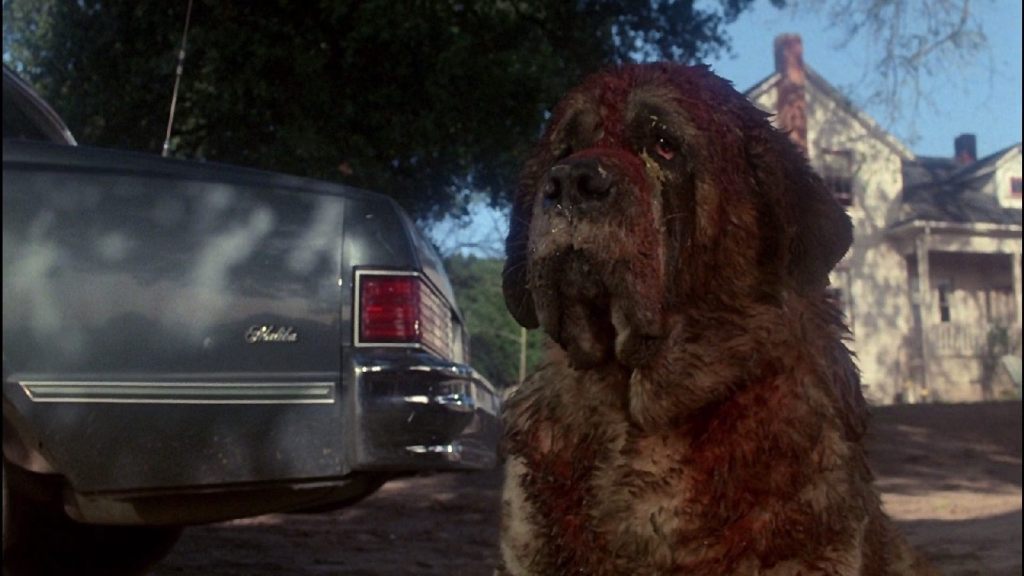
Cujo (1983)
A modest box office success when it came out, Cujo (directed by Lewis Teague) doesn’t get talked about much these days despite some ferociously suspenseful moments and an intense performance by Dee Wallace (E.T., The Howling). The plot is one of King’s simplest: a massive and gentle St. Bernard, infected with rabies, kills several people before trapping a woman (Wallace) and her toddler son in their car on a hot summer day with no escape.
King’s book used Cujo (the dog) as a metaphor for random fate and featured an extraordinarily bleak ending, but the film strips away the existential underpinnings and alters the climax while still providing a number of effective sequences in which Wallace squares off against the monstrous dog. It’s never been top-tier King but it’s not as poor as some critics suggested at the time.
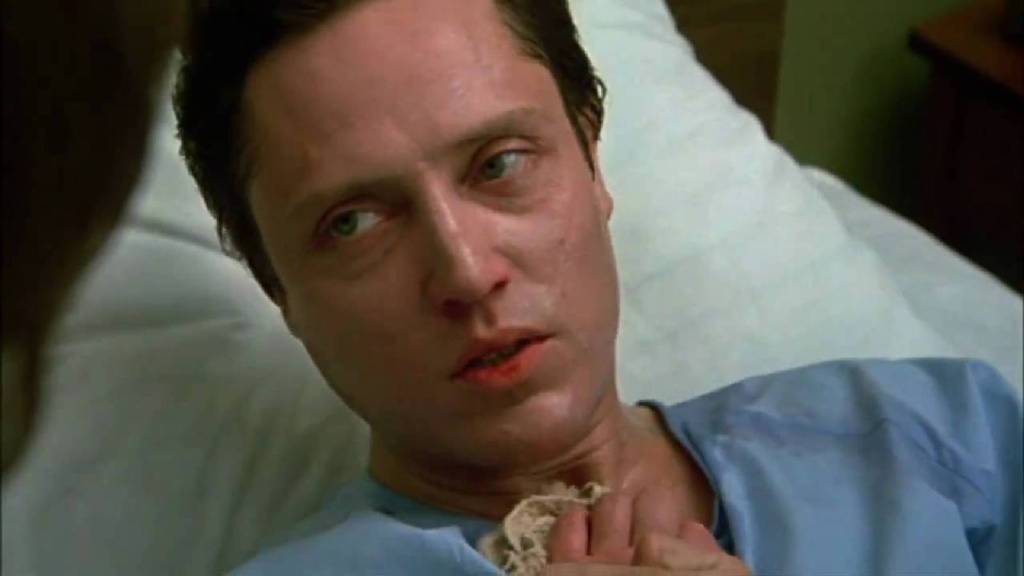
The Dead Zone (1983)
One of the best King adaptations ever, The Dead Zone seemed to get a strangely muted response from both critics and the author himself when it first came out, but it’s now considered a classic of its time. Christopher Walken gives an Oscar-caliber performance as Johnny Smith, a man who awakens from a five-year coma with the power to see both people’s pasts and futures by touching them. Reluctant to use his gifts, Johnny is forced into action when he shakes the hand of a politician (Martin Sheen) and sees the terrifying fate that the man has in store for the world.
David Cronenberg directed the film from a script by Jeffrey Boam, showing a sensitivity and compassion that had not been noticeably present in earlier films like Videodrome and Rabid. Everything from the wintry setting and tone to Walken’s anguished performance perfectly captures the sense of melancholy that pervades King’s novel, even as the script streamlines some aspects of the story.
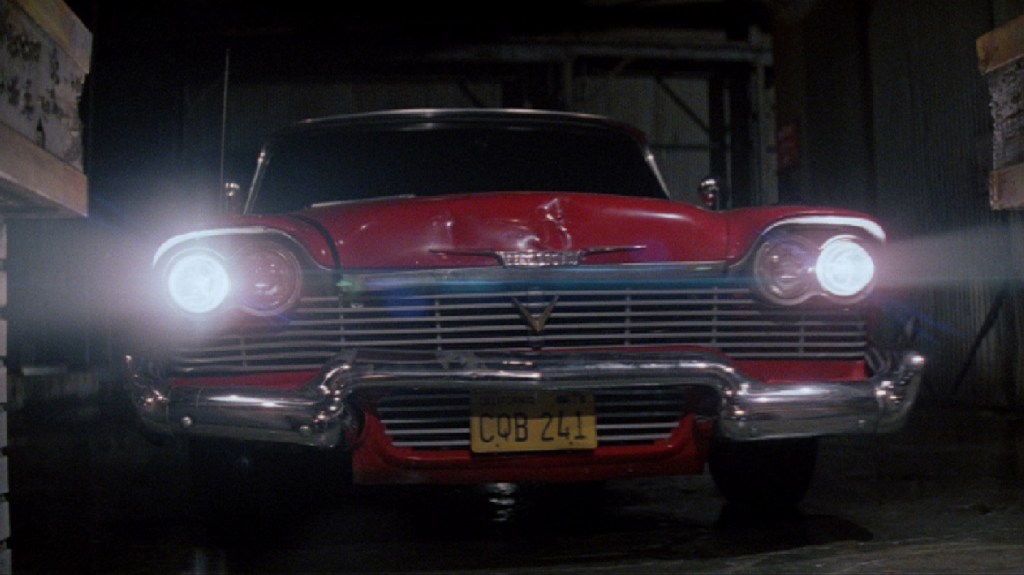
Christine (1983)
Released barely eight months after the book hit the stands (the film was in production while the novel was still in galleys), King’s story of a supernaturally possessed 1958 Plymouth Fury and the teen outcast who unwittingly buys it is given a brisk if somewhat rote adaptation by director John Carpenter, who was up for another King tale before he took on this one (more on that in a bit).
A number of Carpenter’s set-pieces (like the classic sequence in which a wrecked Christine rebuilds herself) and the director’s score go a long way toward making Christine an enjoyable and a moderately gripping King romp, but uneven pacing (and the fact that all the main actors, while good, look way older than high school students) keep it off the top shelf. Underrated at the time, like many King adaptations, Christine has become something of a minor classic with a remake allegedly on the way.
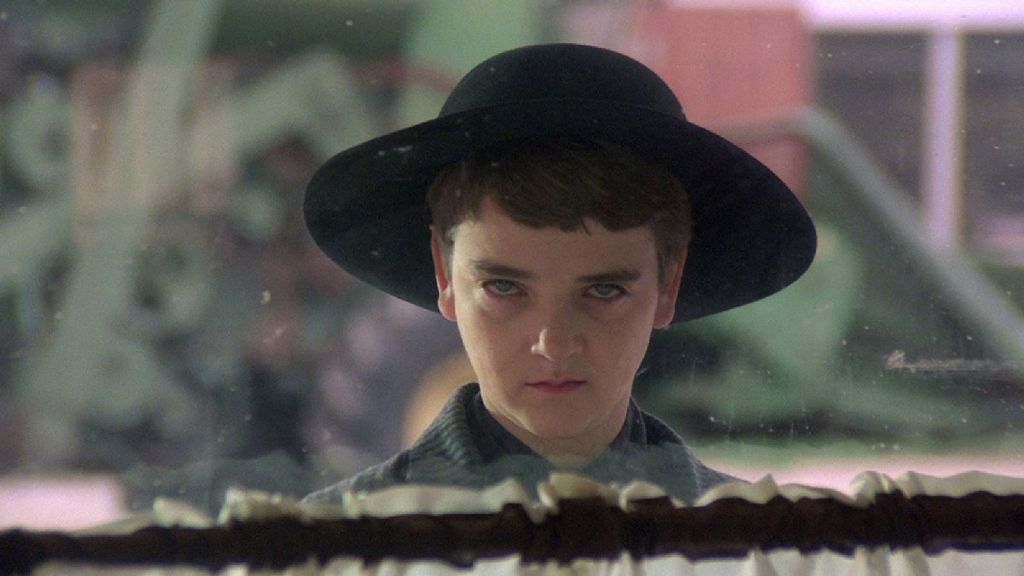
Children of the Corn (1984)
Low-budget and trashy, this schlocky adaptation of a King short story—which itself, while creepy enough, didn’t have enough to it for a 90-minute movie—was a bore upon release, putting Peter Horton and Linda Hamilton up against the title menace and having them basically run around an abandoned town for the bulk of the movie as the demented kids, followers of an entity named He Who Walks Behind The Rows, pursue them.
Somehow the movie, which made a modest sum at the box office but wasn’t what one would call a tremendous hit, has spawned an entire, mostly direct-to-video franchise of its own, with the 11th(!) film in the series issued in 2020. John Franklin and Courtney Gains are memorably scary as the kids’ leaders, Isaac and Malachai, but other than that this remains a forgettable film, making its longevity as inexplicable as He Who Walks Behind The Rows itself.
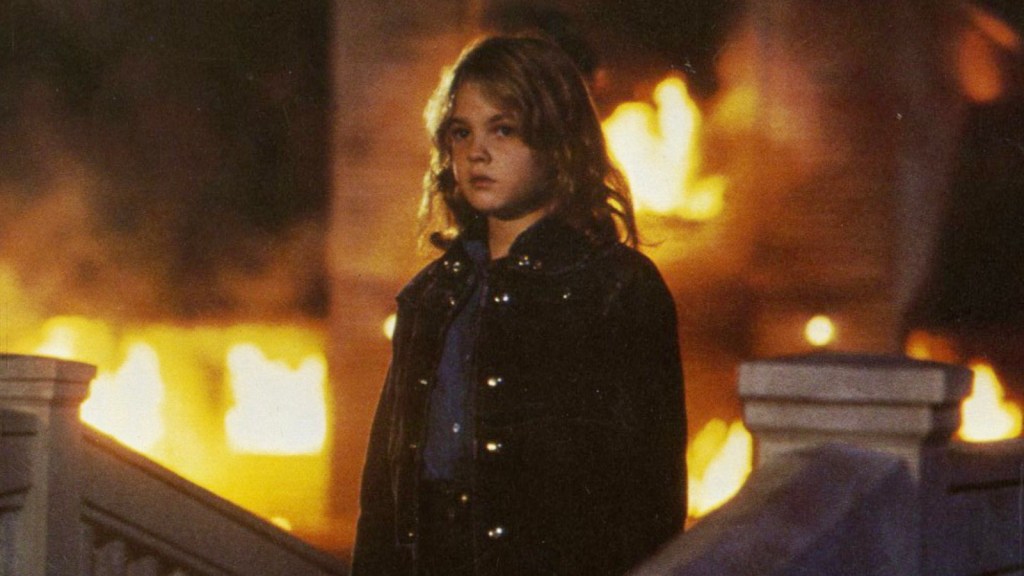
Firestarter (1984)
At one time set to be directed by John Carpenter, who got as far as having a screenplay written, this project was turned over to Mark L. Lester after delays led to Carpenter moving onto other films (including King’s Christine). But despite the fact that the script (rewritten by Stanley Mann) is unusually faithful to King’s book, all the emotion and texture has been sucked out of it, leaving a bunch of decent actors to go through the motions as the film races to its payoff, a secret government agency turned into an inferno by the pyrokinetic little girl, Charlie (Drew Barrymore).
Fresh off E.T., Barrymore is shrill and overwrought, destroying any compassion we feel for poor Charlie, whose powers are the result of clandestine drug experiments conducted on her parents. The most egregious casting, however, has to be that of old white guy George C. Scott as the psychopathic Native American assassin, John Rainbird. Not only is Scott in his later-career scenery chewing mode, but he’s all wrong for the role in every way, including his creepy attraction to Charlie. A sequel miniseries was broadcast by the Sci-Fi Channel in 2002 while a remake has been produced by Blumhouse Productions.
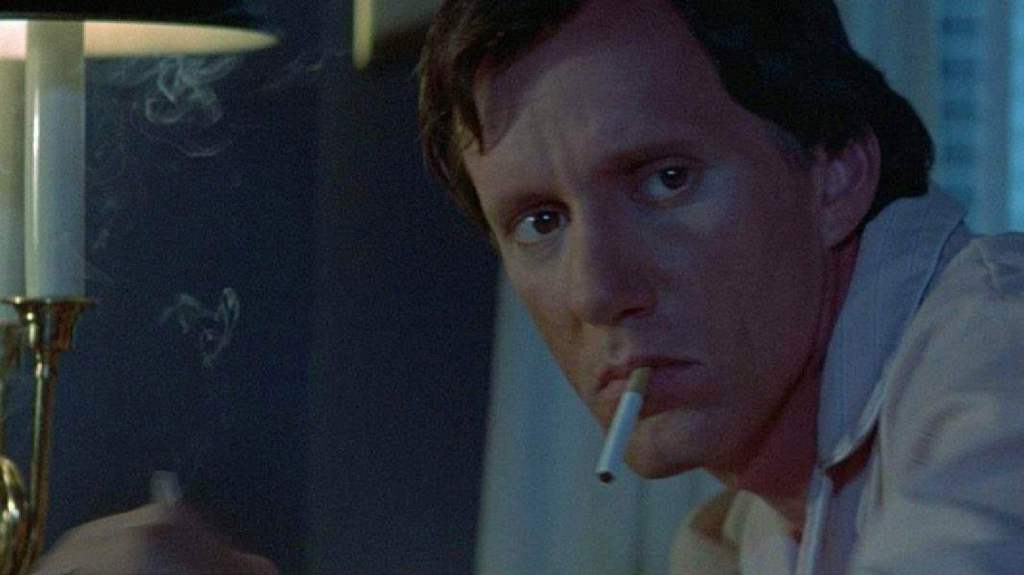
Cat’s Eye (1985)
A number of King-based films in the ‘80s were produced by legendary Italian impresario Dino de Laurentiis, who never met a property or brand he didn’t want to milk for every box office dollar possible. That’s how we got movies like Cat’s Eye, an anthology featuring three short tales based on existing King stories (well, two of ‘em, anyway), all held loosely together by the title animal and Drew Barrymore in multiple roles.
Cat’s Eye isn’t half bad actually. Two of the stories, “Quitters, Inc.” and “The Ledge,” are from King’s classic Night Shift collection. But it’s also kind of pointless and perfunctory.
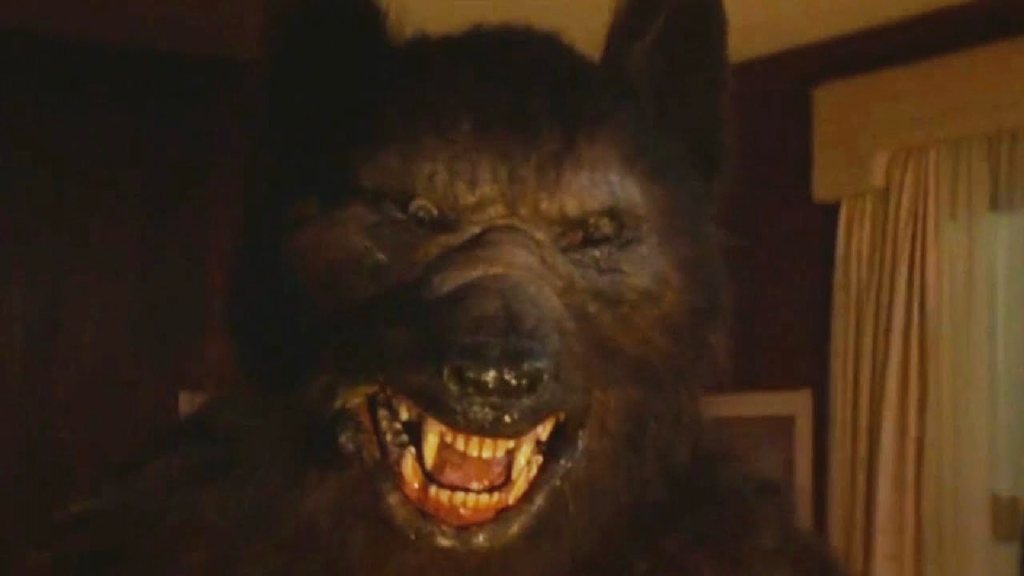
Silver Bullet (1985)
Another feature-length film based on a shorter work of King’s, a novella this time, “Cycle of the Werewolf,” Silver Bullet is set in Tarker’s Mills, Maine where a series of murders taking place every full moon lead 10-year-old paraplegic Marty Coslaw to believe the perpetrator is a lycanthrope. And, much to no one’s surprise, he’s right.
With good performances from Corey Haim as Marty and an over-the-top Gary Busey as his crazy yet warmhearted Uncle Red, Silver Bullet has moments that shine. But the werewolf costume and effects are low-budget and unconvincing, and the story itself plods along in predictable fashion. King has written masterfully about vampires, ghosts, and such, and has seen the result successfully translate to film, yet a good werewolf story/movie has continued to elude him.
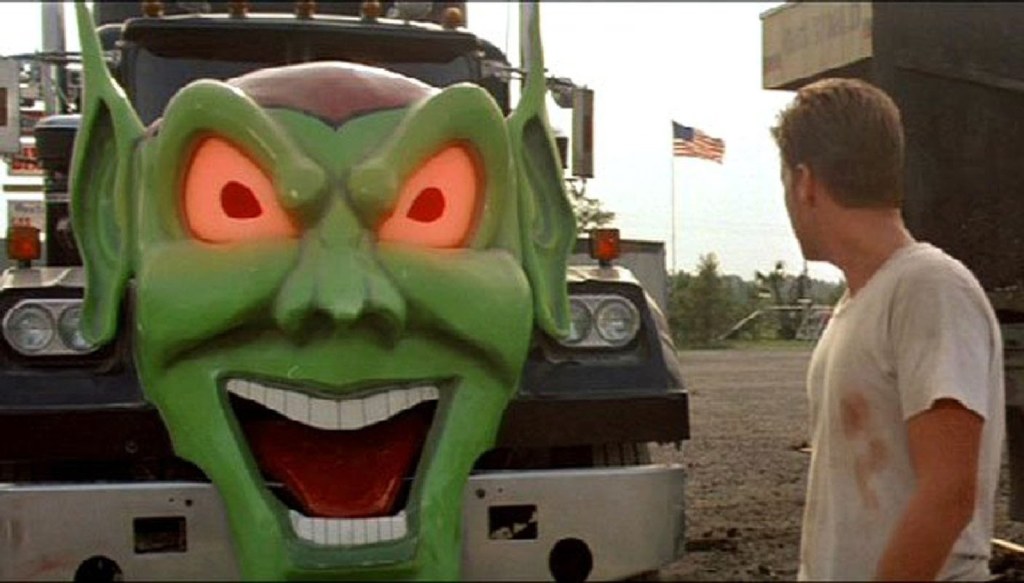
Maximum Overdrive (1986)
Only two King-related films were released in 1986, but the results couldn’t have been farther apart in terms of quality and longevity. First up was Maximum Overdrive, the semi-legendary misfire directed by King himself and based on his short story “Trucks.” As great a writer as he was and is, King just didn’t have the skills to tell a story on film, a fact he has acknowledged since with the author never stepping behind the camera again.
Campy in tone, to be sure, Maximum Overdrive nevertheless is just painful to watch, with Emilio Estevez and Pat Hingle (Commissioner Gordon in the Burton/Schumacher Batman movies) leading a small band of humans trying to survive in a gas station as machines, including vehicles, rise up against us. King, who was allegedly drinking heavily throughout the production, simply doesn’t know where or how to point a camera, making the entire endeavor simply painful for fans to watch.
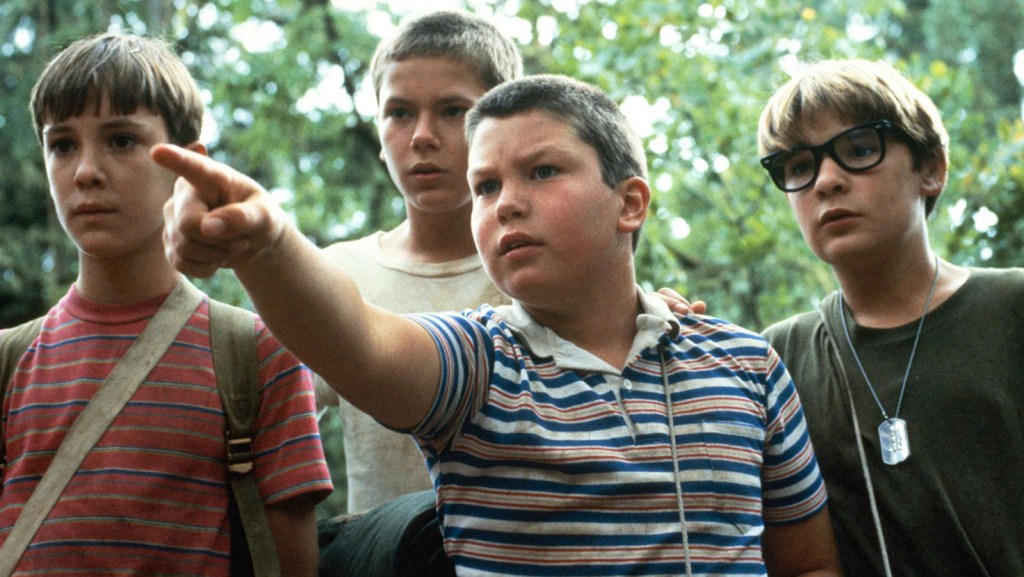
Stand by Me (1986)
As bad as Maximum Overdrive was, the other 1986 King film, Stand by Me, was a full 180 degrees in the other direction. The first of two King movies directed by Rob Reiner (the other was Misery, four years later), Stand by Me is a gentle yet truthful coming-of-age tale about four young boys who go on an extended hike to view the body of another boy who has been hit and killed by a train. Both King’s story and Reiner’s movie capture the essence of being a boy on the edge of adolescence, faced with both the onset of adulthood and the bitter knowledge that death may come for us at any moment. The cast—Wil Wheaton, River Phoenix, Jerry O’Connell, and Corey Feldman, all of whom would go on to varying degrees of fame, infamy, and/or tragedy—was impeccable.
Funny, poignant, and moving, Stand by Me was also the first major King adaptation not based on a straight horror story. There’s not a hint of the supernatural or monstrous in “The Body,” the novella on which the movie is based, and this near-perfect adaptation proved that it was King’s characters, and not just his horror tropes and concepts, that made his work so special. Later films like The Shawshank Redemption and Dolores Claiborne would bear this out as well, but Stand by Me was first.
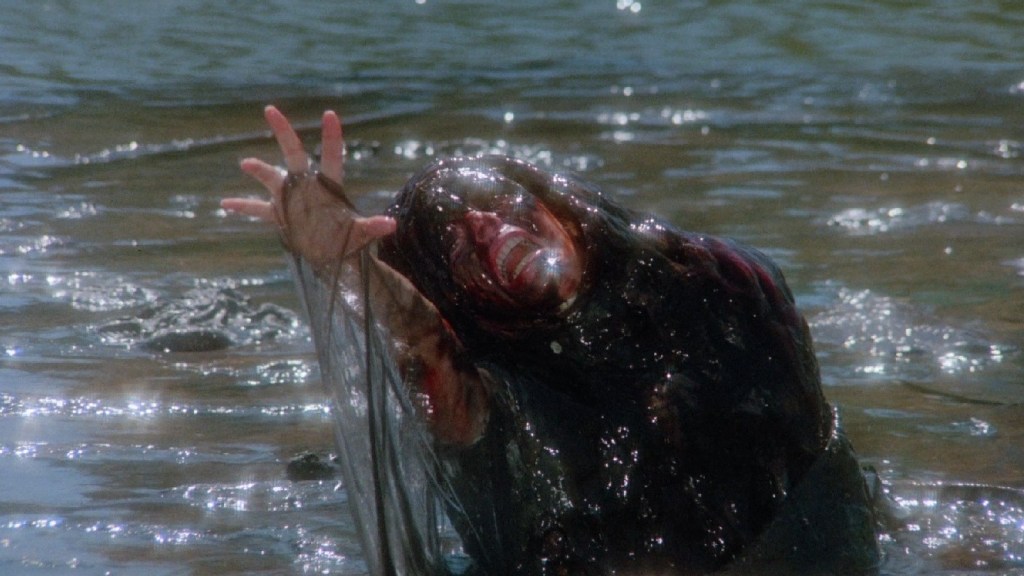
Creepshow 2 (1987)
Based again on stories by King, but without his involvement or the direction of George A. Romero (who only wrote the screenplay this time), Creepshow 2 lacks the charm, style, and panache of the 1982 original. The centerpiece story is “The Raft,” in which four students go for a swim on a lake and find themselves trapped on a small floating platform by a hideous blob-like creature that consumes everything it touches.
While the original Creepshow was a unique, one-of-a-kind tribute to the horror comics of the 1950s, the sequel just feels like a collection of leftovers that were deemed not good enough for the first movie.
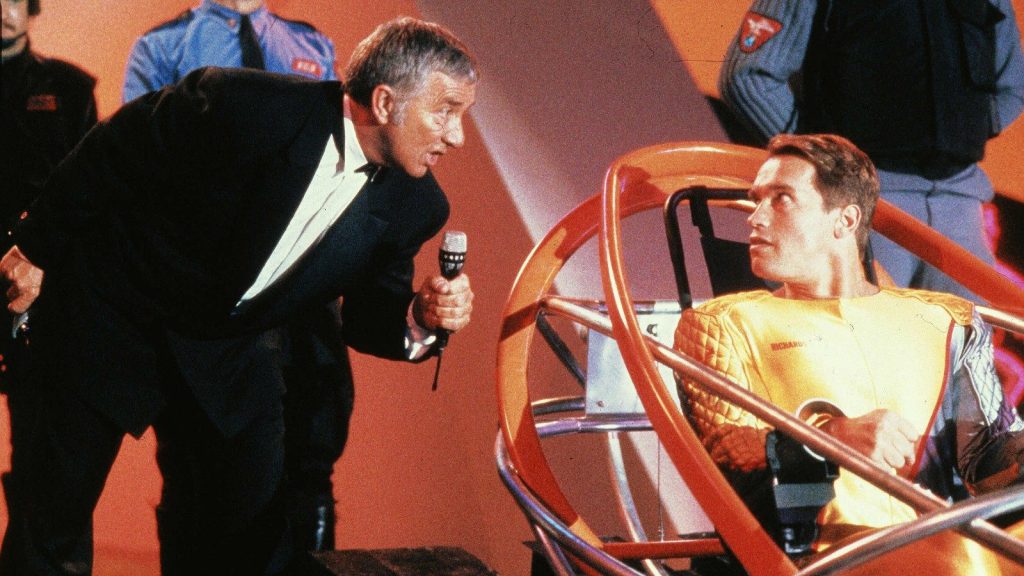
The Running Man (1987)
Very loosely based on an early novel that King wrote under the name Richard Bachman, The Running Man is set in a dystopian future where the biggest reality show on TV features criminals being hunted through the streets of a city by professional assassins. King’s novel, reportedly written in a week, is dark, gritty, and harrowing, with its hero one of King’s typical everyman guys who is in way over his head as he avoids being killed everywhere he goes in a totalitarian version of America.
By contrast, the movie cast Arnold Schwarzenegger in the lead, giving the film and story a completely different tone. The movie is played more broadly as satire. Although it’s still pretty violent, director Paul Michael Glaser does make it into an entertaining thrill ride that manages to comment scathingly on both TV and Americans’ lust for carnage, themes that are more relevant than ever, which makes it a perfect time for the Edgar Wright-helmed remake that’s in development.
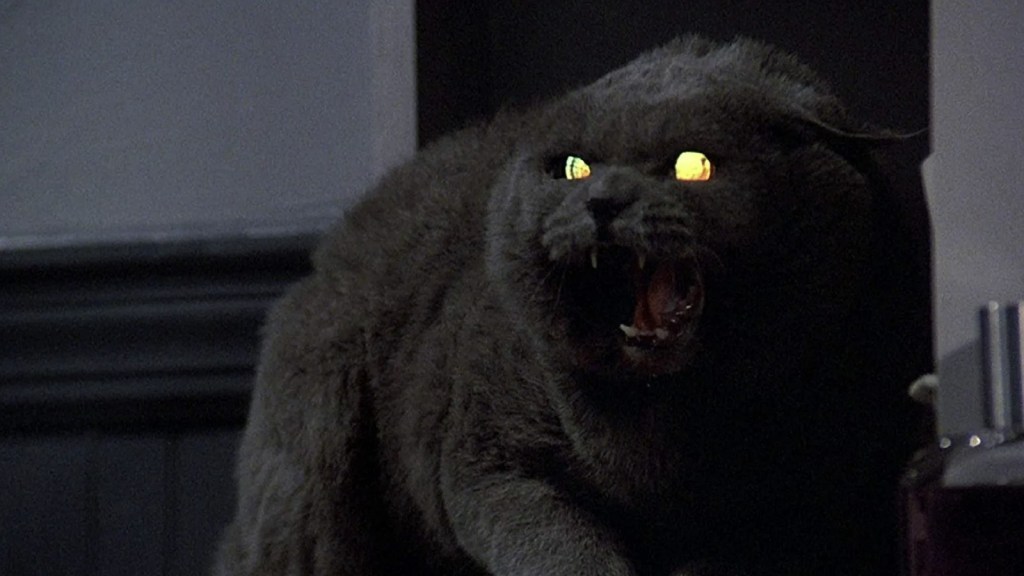
Pet Sematary (1989)
King famously did not want to publish the novel Pet Sematary because it horrified him too much, which of course made it an instant classic once it finally did see the light of day. One can see why he felt that way: The book is one of the author’s darkest works ever, suffused with grief, the mystery and terror of death and what lies beyond it, and the worst fear a parent can face with the loss of a child.
All of that is mostly present in director Mary Lambert’s film, for which King himself wrote the script and played a more active role than usual in the production. Dale Midkiff stars as Louis Creed, a young doctor whose beliefs are put to the test by an ancient burial ground that can bring back the dead—just not the way one remembers them. Lambert’s direction and King’s script adequately endear us to the Creed family, including adorable little three-year-old Gage (played by Miko Hughes), which makes their abrupt descent into destruction so nightmarish and heartbreaking. Pet Sematary is uneven in spots, but as a faithful, frightening take on one of his grimmest tales it sent the King filmography of the 1980s out on a high note.
The new version of Firestarter is out in theaters and streaming on Peacock this Friday, May 13.

